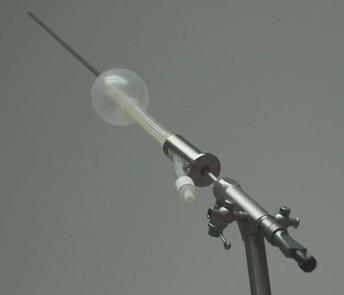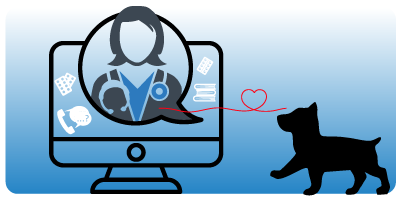- Home
- New Clients
- About Us
- Veterinary Services
- Pet Wellness and Vaccination Programs
- Pet Medical Services
- Pet Surgery Services
- Pet Reproductive Services in Fort Worth
- Pet Health Screening Tests
- Avian and Exotic Medicine and Surgery
- Additional Services
- Pet Acupuncture Therapy
- Pet Rigid and Flexible Endoscopy
- Laparoscopic Spays
- CT Scanning & Fluoroscopy
- Pet Physical Therapy and Rehabilitation
- Veterinary Second Opinions
- Dog, Cat, Bird and Exotics Boarding & Daycare
- Pet Grooming Salon and Dog and Cat Day Spa
- Veterinary Virtual Client Consultation
- TPLO (Tibial Plateau Leveling Osteotomy)
- Forms
- Information
- Online Store
- More
- Contact Us
|
|
|
 |
Summerfields Animal Hospital
(817)485-8511
summerfieldsanimalhospital.com
Artificial Insemenation-Vaginal, Surgical Intrauterine or Endoscopic Guided Transcervical
We offer the best selection of insemenation options based on your pet’s individual needs. Vaginal insemenation, intrauterine implantation or endoscopic guided transervical implantation are available. To futher improve conception rates, our veterinarians perform intrauterine insemenation by surgical implantation or endoscopic transcervical implantation. To have optimal chances of pregnancy, this is performed concurrently with timing of the estrus cycle via progesterone and luteinizing hormonal assays. Below is an article written to help provide an overview of the current technology and techniques available at Summerfields Animal Hospital. Artificial InseminationWritten By: Kit Kampschmidt, D.V.M. Artificial insemination (AI) can be performed by a number of different methods and utilizing sperm from fresh, extended or frozen sources. Fresh AI is indicated in situations where a natural breeding cannot or should not be completed due to physical problems, behavioral refusal to mate or other considerations. Chilled or extended semen offer the best chance of obtaining a long-distance breeding without the risks and problems of shipping either the bitch or the stud dog. Planning these type breedings should be done well before the bitch comes into season. All parties involved (both dog owners and veterinarians) should be aware of their responsibilities and obligations well in advance. Frozen semen is the third type of semen utilized in artificial insemination. Frozen semen can be collected years prior to being used for insemination. Thus, the process is valuable for preserving a dog’s genetics beyond his death, sterilization or unexpected loss of fertility. It is also valuable for situations where the stud is unavailable due to shows or trials, overbooking or other conflicts. Long distance and international breedings can be accomplished by either frozen or extended semen. Frozen semen breedings like extended breedings should be planned well in advance. The semen can often be shipped to and stored in the inseminating veterinarian's office before the bitch begins her season. Frozen and extended semen breedings should utilize accurate ovulation timing and experienced veterinarians to maximize success. Various insemination methods are currently being utilized in artificial insemination. The method used in any particular breeding will depend on several factors such as the equipment and experiences of the inseminating veterinarian. The quantity and quality of the semen sample is also a consideration. This should be known in advance for frozen semen but will not be apparent until collection with fresh or chilled breedings. The reproductive history of the bitch is also taken into consideration. Vaginal insemination is the simplest and most common insemination technique. Semen is deposited into the cranial vagina using a rigid pipette. In general, vaginal insemination should only be considered when using fresh semen, high quality chilled semen or excellent quality frozen semen in high numbers. Surgical insemination is the most common method of insemination with frozen semen. It is also referred to as intra-uterine implantation of semen. Because the sperm is placed closer to the site of fertilization, this technique is associated with the greatest chance of conception. In addition, this technique can be utilized when fresh semen of lower motility or concentration is used. Extended semen has been associated with very high conception rates when using intra-uterine insemination techniques. Transcervical insemination. This technique allows intra-uterine deposition of semen without a surgical procedure. It involves passage of a catheter through the cervix and into the uterine lumen. This may be accomplished by use of a special catheter and deep abdominal palpation or by visualization of the cervix using an endoscope. Endoscopic transcervical insemination requires a significant investment in equipment and training for a veterinarian. An experienced veterinarian should perform this procedure. It is associated with high conception rates and minimal risks to the female’s reproductive tract. Whatever methods you choose to complete your ovulation timing and insemination process, you and your veterinarian should discuss beforehand the risks, costs and chances of success associated with breeding. |





